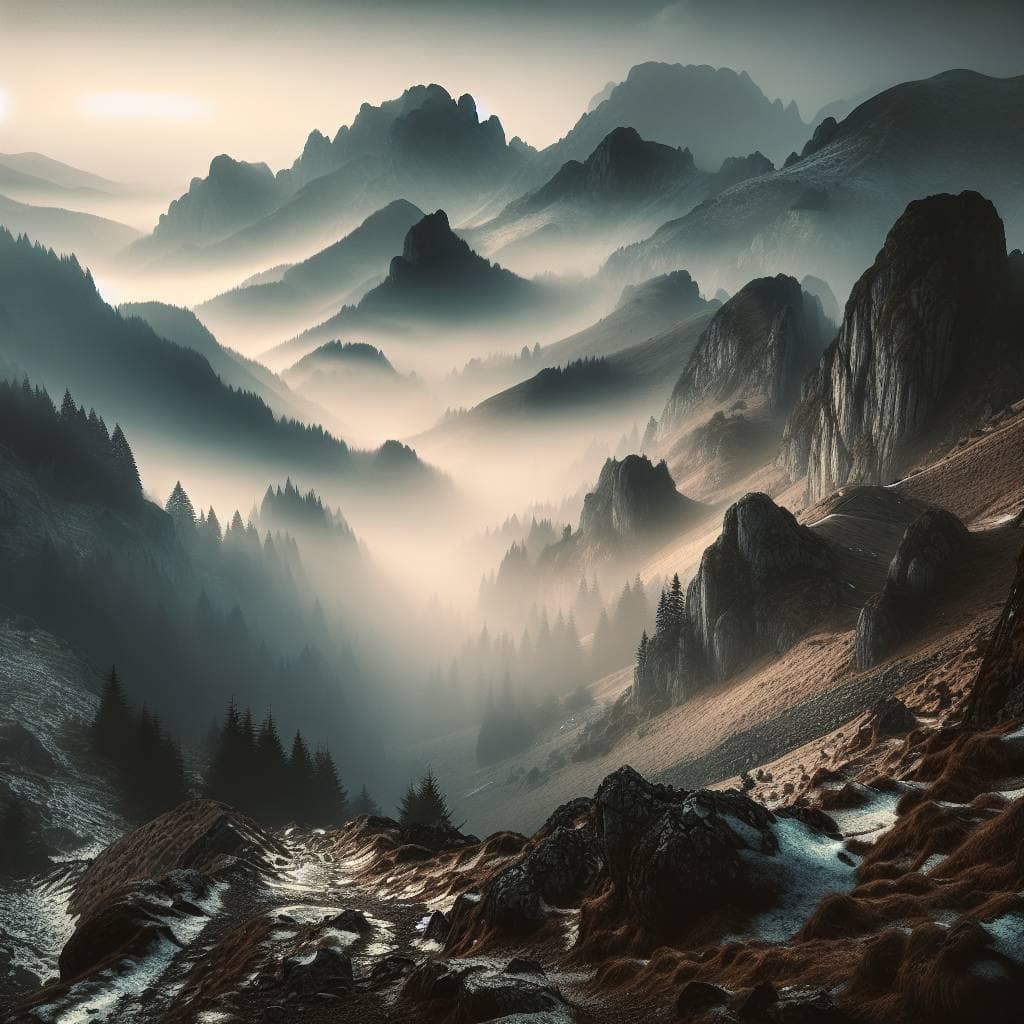I once found myself clinging to the side of a Transylvanian mountain, cursing Dracula, Bram Stoker, and every travel brochure that ever sold me on the myth of an untouched, mystical Romania. The wind howled like a pack of hungry wolves, and I was pretty sure I’d lost all feeling in my toes. A quaint, medieval getaway, they said. A slice of history, they promised. What they failed to mention was the relentless, bone-chilling fog that seemed to seep into my very soul. But here I was, camera in hand, determined to cut through the charade and see what lay beneath the Gothic veneer.

So, what’s this journey really about? It’s more than just vampire lore and postcard-perfect villages. As I trudge through the cobblestone streets of Saxon towns and dodge the occasional tourist herd, I’ll uncover the layers of Romania that are often obscured by its own legends. We’ll explore how these seemingly picturesque towns hold a complex narrative that goes beyond wooden stakes and garlic. Prepare for a no-nonsense trek into the heart of Transylvania, where the past isn’t just a backdrop—it’s an integral part of the pulse that keeps this enigmatic region alive.
Table of Contents
Wandering Through Romania: More Than Just Dracula’s Haunt
Picture this: You’re winding your way through a Transylvanian landscape that feels like a forgotten painting, where the shades of history bleed into the present. Romania isn’t just a playground for Dracula enthusiasts and their gothic fantasies. No, it’s a labyrinth of cobblestone streets and timeworn castles, a place where medieval towns like Sibiu and Brașov whisper stories of Saxon settlers and their indelible mark on the land. I found myself lost in these villages, where the air is thick with the kind of authenticity that doesn’t need a tourist brochure to sell itself. It’s gritty and real, a far cry from the sanitized tales of vampires and hyper-commercialized folklore.
Take a step beyond the shadow of Bram Stoker’s fictional count, and what you’ll discover is a tapestry of cultures and epochs, woven together in a way that only centuries of invasions, migrations, and settlements can achieve. The fortified churches stand like sentinels, guarding the echoes of a time when these lands were a frontier against the Ottoman Empire. As I wandered through these quiet villages, each corner seemed to hold a secret, each ancient wall a canvas of untold stories. It’s here, in these less-traveled paths, that Romania unveils its true essence—raw, unfiltered, and waiting to be explored by those willing to look beyond the vampire veil.
Beyond the Fangs and Folklore
Travel through Transylvania isn’t about chasing shadows of mythical vampires; it’s about uncovering the real stories etched into the stones of forgotten Saxon villages and medieval towns, where history whispers louder than any legend.
Beyond the Fangs: A Journey’s End
As I leave the winding roads of Transylvania behind, I’m struck not by the shadow of Dracula looming over every cobblestone, but by the vibrant tapestry of life that breathes through these medieval towns and Saxon villages. The tales spun by the locals, their voices rich with history and a hint of mischief, weave a narrative far more compelling than any fictional vampire could. It’s the resilience and warmth of the people that linger in my mind, not the gory allure of the Count’s castle.
This land, etched with stories of old, beckons to those willing to look past the tourist traps and overpriced trinkets. It’s a place where every crumbling tower and misty forest whispers secrets of a world both forgotten and fiercely alive. Romania, with its rugged charm, has a way of stripping away the superficial, leaving you with a raw, unvarnished beauty that defies expectation. And isn’t that what travel should be about? Not ticking off boxes, but peeling back layers to find the soul beneath. Transylvania, in all its chaotic glory, offers just that—a chance to see beyond the myth and embrace the reality.


